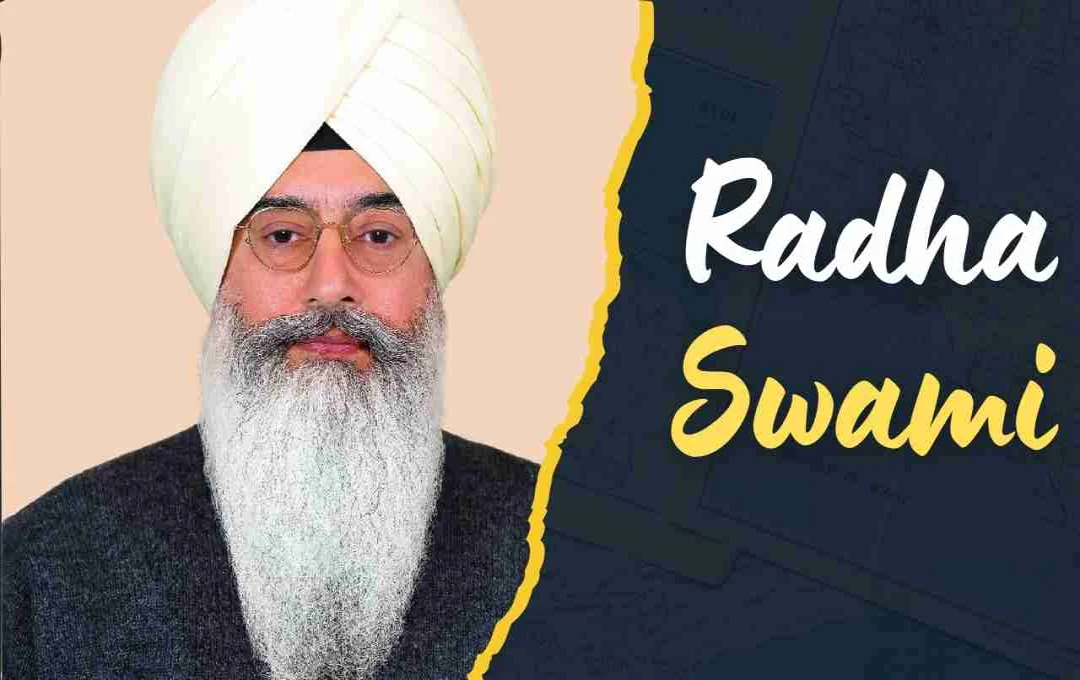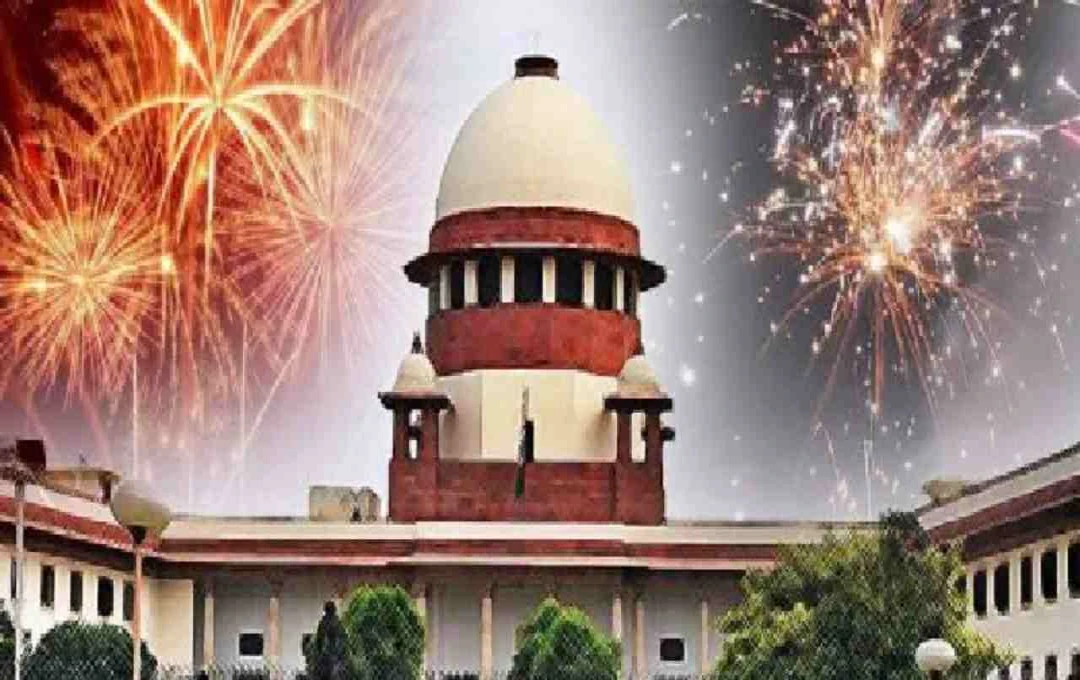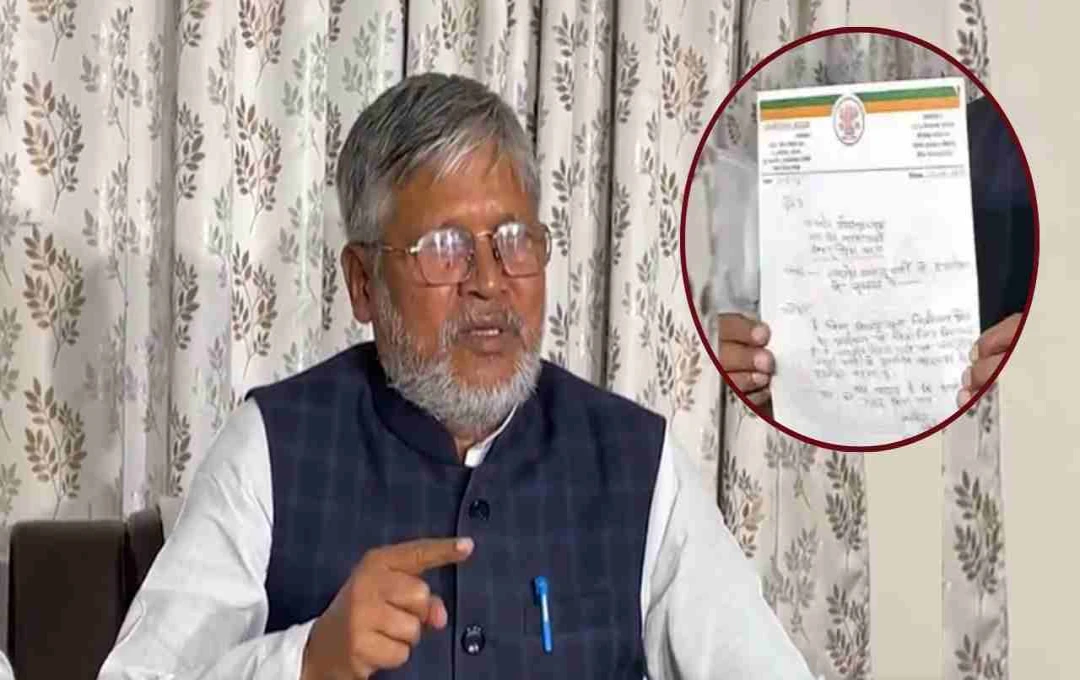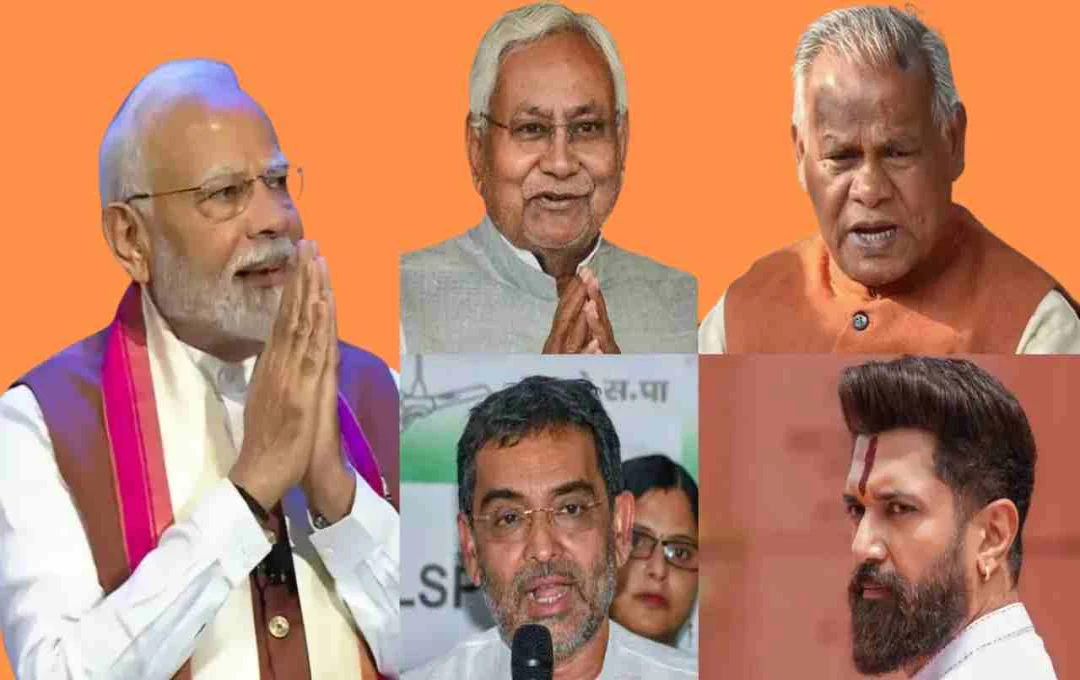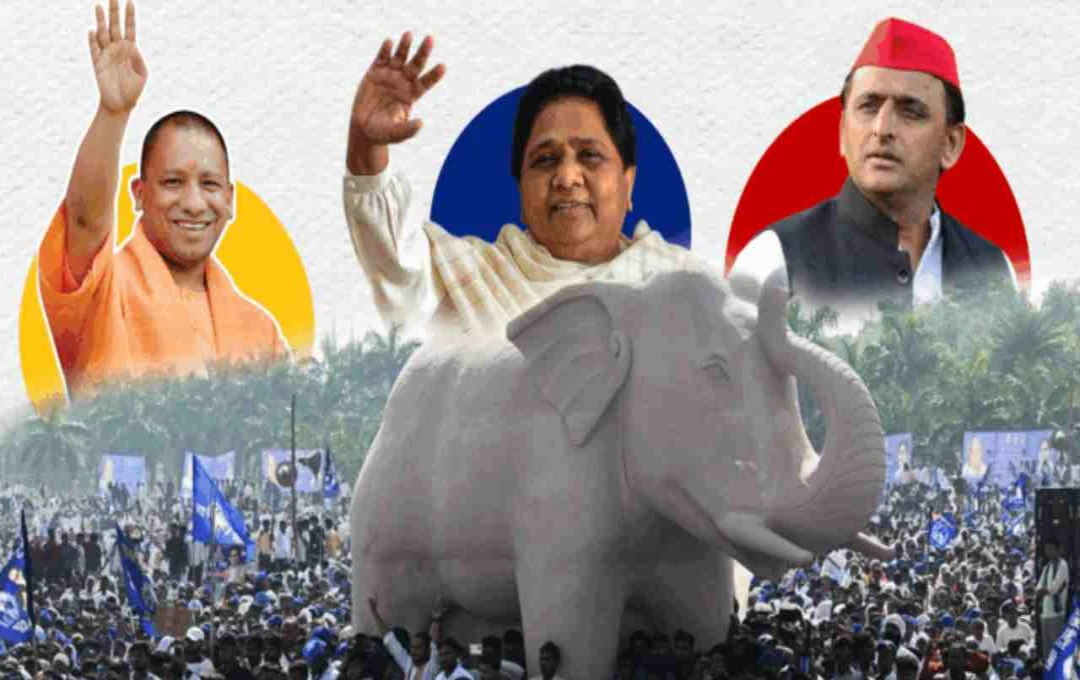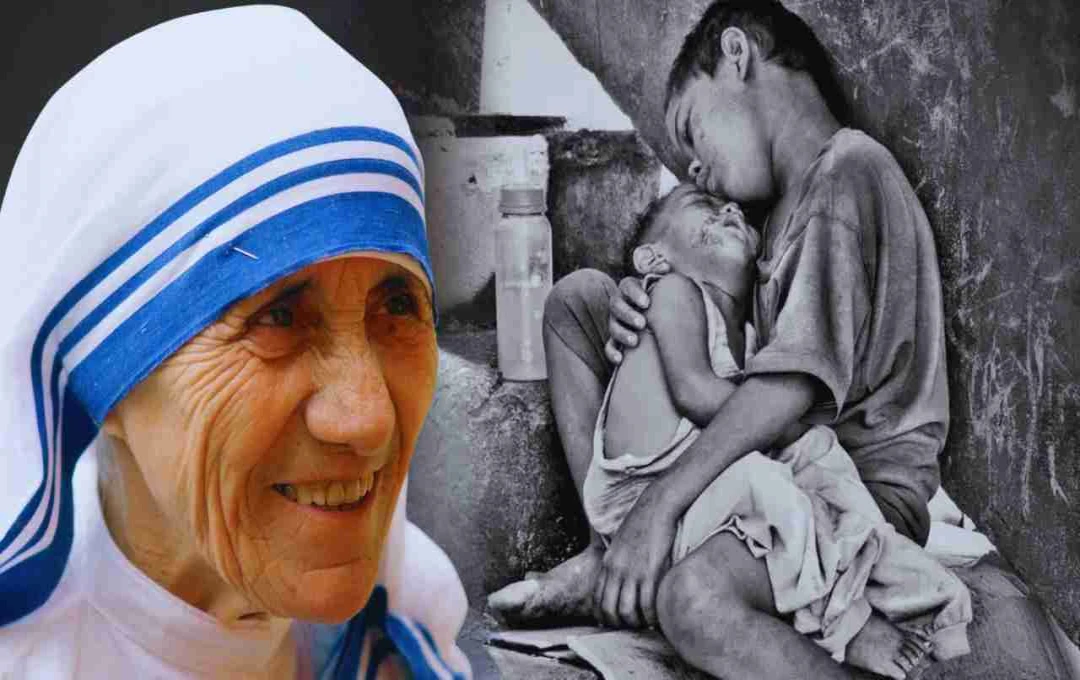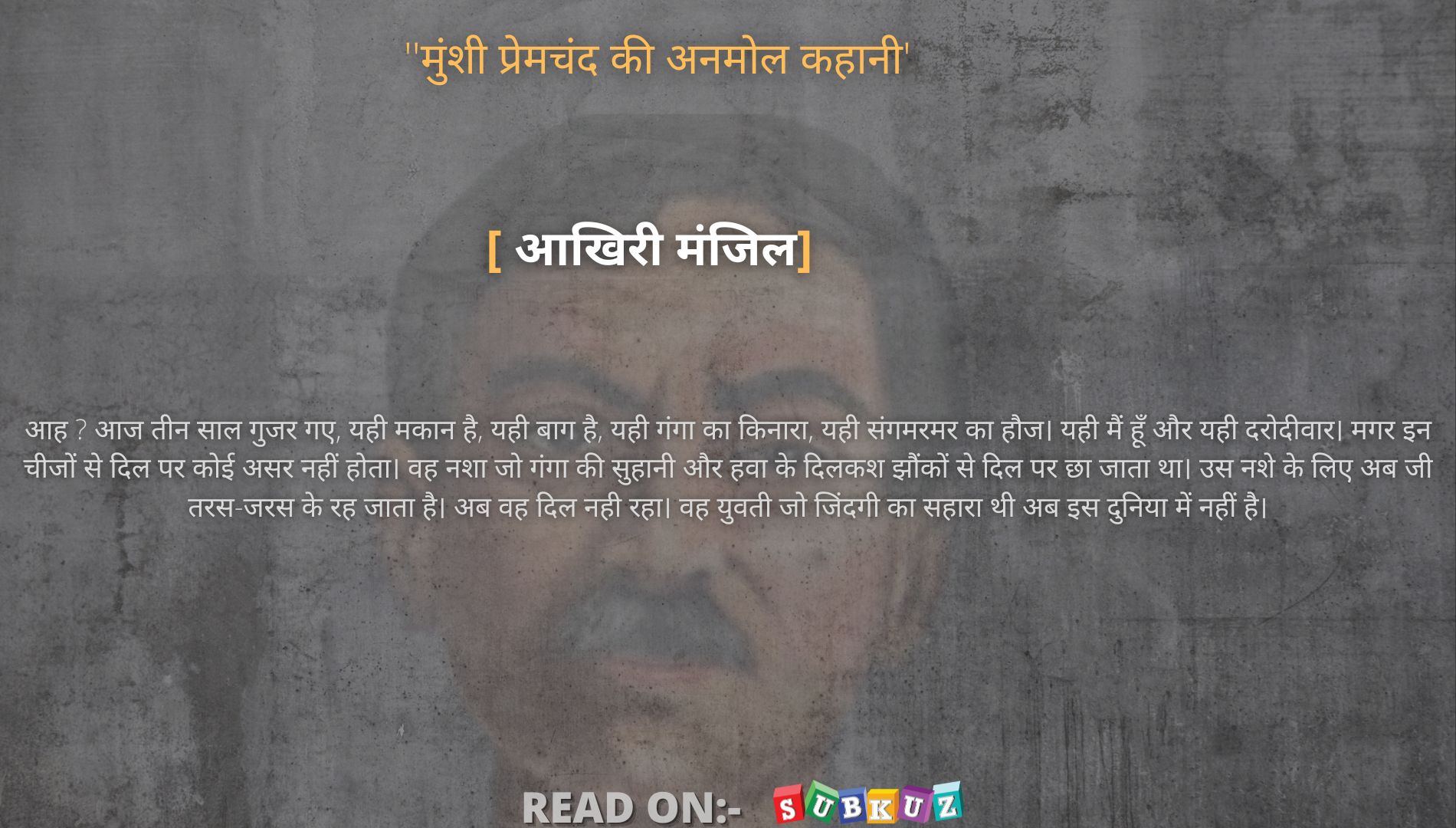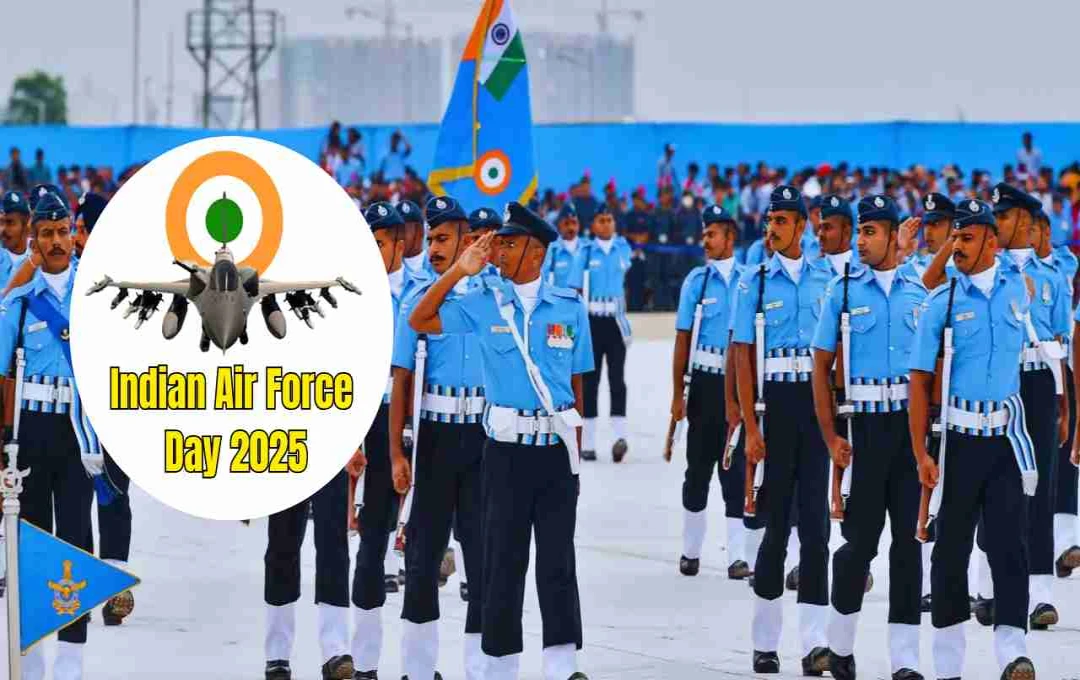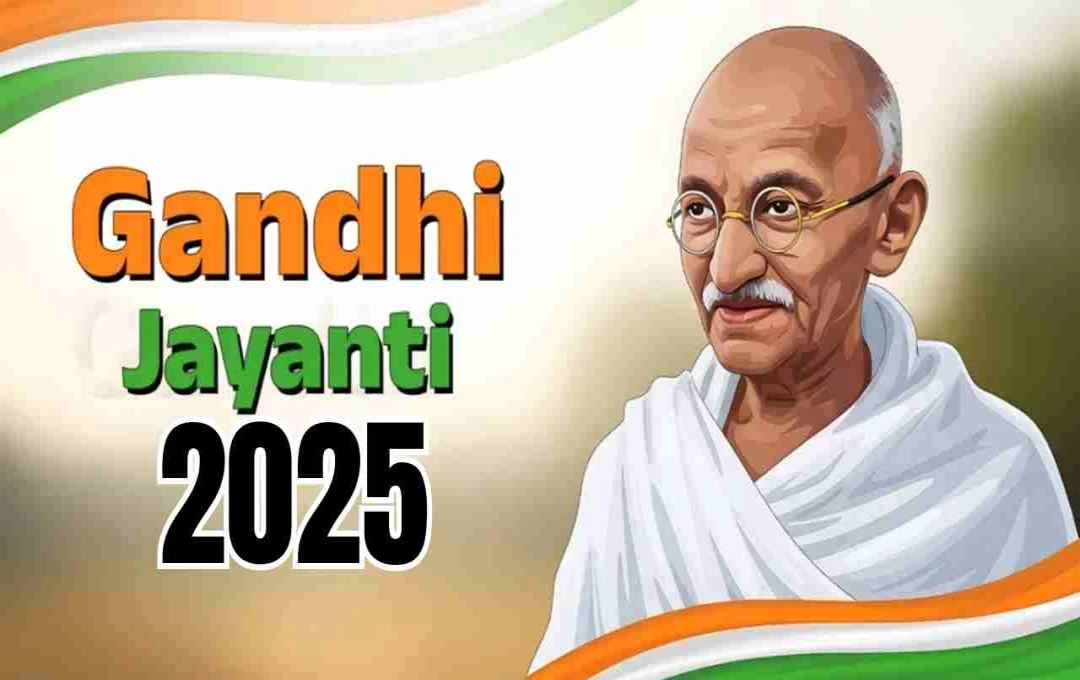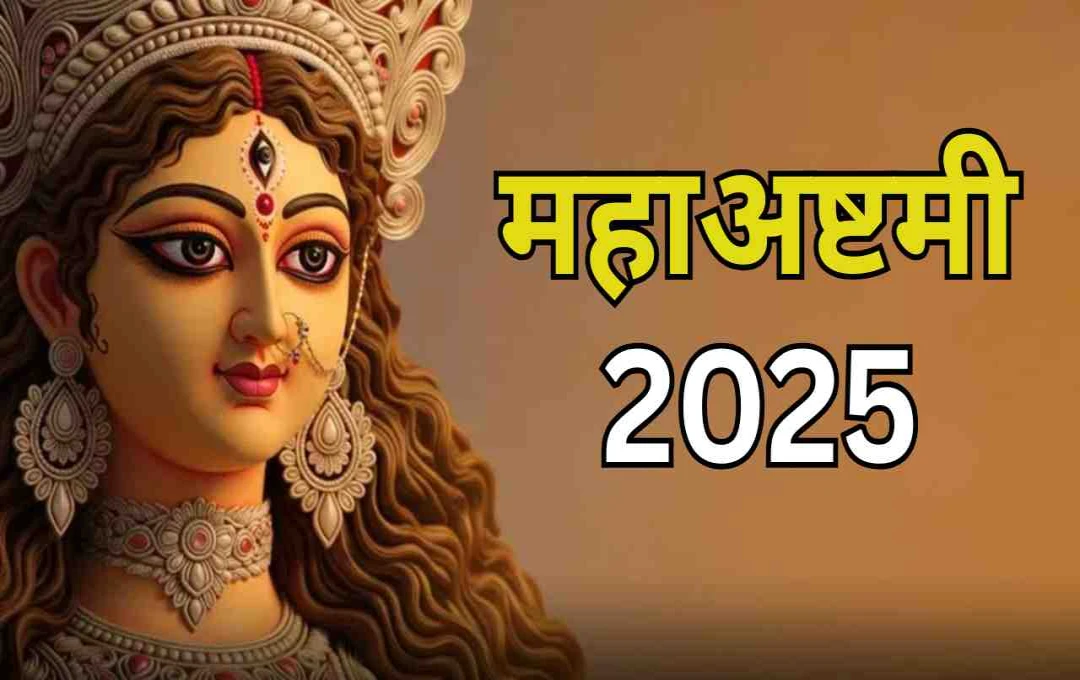The Radha Soami faith guides individuals on the path of self-realization, ethics, and service. Through a living guru, devotional singing (bhajan), spiritual discourse (satsang), and community service, it empowers spiritual awareness and humanitarian values, leading to inner peace and balance in life.
Radha Soami: Radha Soami Mat, or Sant Mat, is a prominent spiritual tradition among Indian spiritual traditions, founded in January 1861 on Basant Panchami in Agra, India, by Shiv Dayal Singh. This faith not only presents a path of spiritual practice and devotion to the guru, but also centers on social service, ethical living, and human welfare. The fundamental objective of this tradition is to connect the individual with the soul and the supreme power, leading to true liberation and inner peace in life.
Founder Shiv Dayal Singh and His Inspiration
Shiv Dayal Singh was born on August 25, 1818, in Agra. His parents were Vaishnav Hindus, followers of Sikh Guru Nanak, and also followers of Tulsi Sahib, a spiritual guru from Hathras. Influenced by the teachings of Tulsi Sahib, Shiv Dayal Singh began his spiritual journey. Tulsi Sahib showed him the path of Surat Shabd Yoga (the union of the soul with the divine inner sound), guru bhakti (complete devotion to the guru), and a high moral life, which included a strict lacto-vegetarian diet, abstaining from meat, eggs, alcohol, and intoxicants.
Shiv Dayal Singh worked as a Persian language translator in his early years, but his inclination towards spiritual practice grew ber. He made spiritual practice and service activities his life's purpose under the guidance of Tulsi Sahib. His followers considered him a living guru and an incarnation of Radhasoami Dayal.
The Name and Symbolic Meaning of Radha Soami Mat
The literal meaning of the word "Radha Soami" is "Lord of the Soul." This name is inspired by the teachings of Shiv Dayal Singh and conveys the message of connecting the individual with consciousness and cosmic energy. According to many scholars, this name symbolically represents "Lord of Energy," which is derived from the understanding of Radha as the energy of God in the Vaishnav tradition.
In the various branches and sub-traditions of Radha Soami Mat, the charisma and guidance of the guru are considered extremely important. Being in the presence of the guru and following their instructions is the foundation of spiritual progress.
Major Branches of Radha Soami Mat
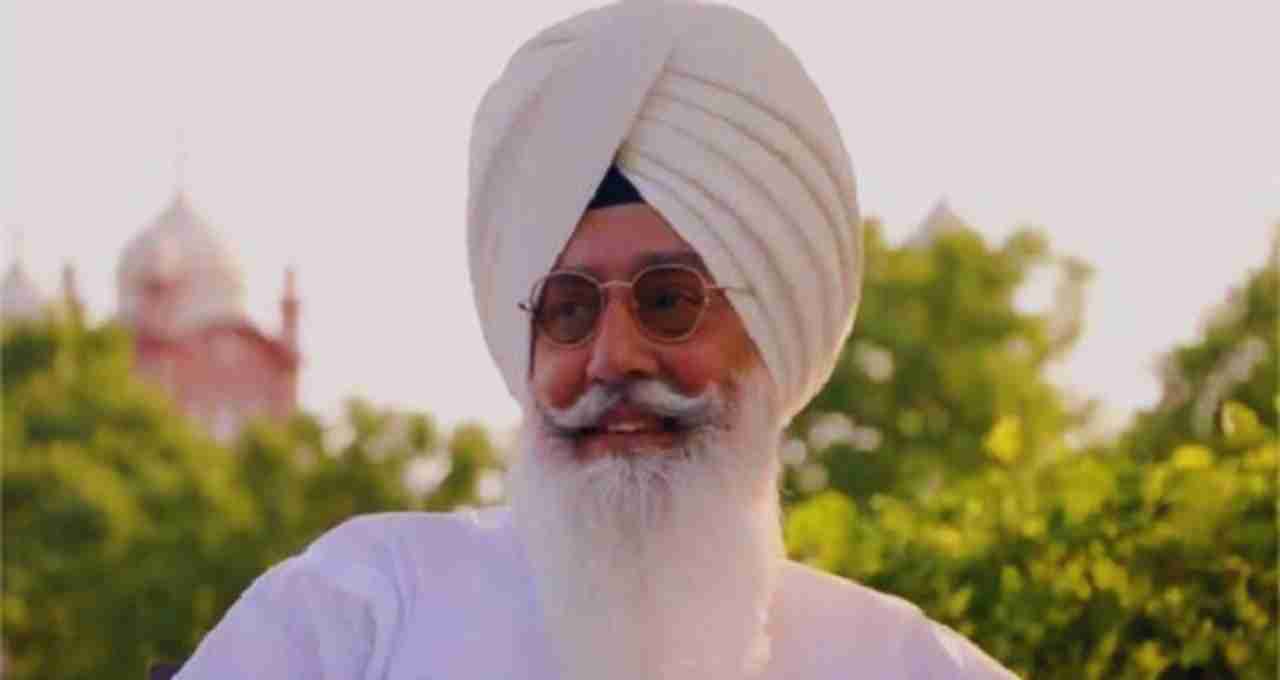
There are several major sects of Radha Soami Mat, including:
- Radha Soami Satsang Swami Bagh, Agra
- Radha Soami Satsang Beas
- Radha Soami Satsang Dayalbagh
- Radha Soami Satsang Pipal Mandi
- Radha Soami Satsang Dinod
These branches are established in different geographical areas, but all aim to guide individuals on the path of self-realization, ethical living, and service.
Belief System of Radha Soami Mat
Followers of Radha Soami Mat believe in six major elements that shape their spiritual and social lives:
- A Living Guru: The center of guidance and truth.
- Bhajan: Remembrance of Satnam and other spiritual practices.
- Satsang: A group of followers who engage in spiritual discussions and practices together.
- Seva: Selfless help to others and community service.
- Center: Community organization and pilgrimage site.
- Bhandara: Large community gatherings and shared meals.
In Radha Soami Mat, the guidance of the guru is considered extremely important. Followers live an ethical and spiritual life while obeying the guru's commands in their lives. Unlike the Sikh tradition, this faith does not consider religious rituals such as covering the head or removing shoes in temples.
Practices in Radha Soami Mat
The main practice of Radha Soami Mat is Surat Shabd Yoga. It is described as the union of the soul with the divine, inner sound and light. This practice leads the individual towards mental peace, inner awareness, and self-realization.
Other practices include bhajan and satsang. Through bhajan, the individual attains greater depth in meditation and contemplative practice. In satsang, followers discuss the spiritual and ethical aspects of life under the guidance of the guru.
Ethical Living and Vegetarianism
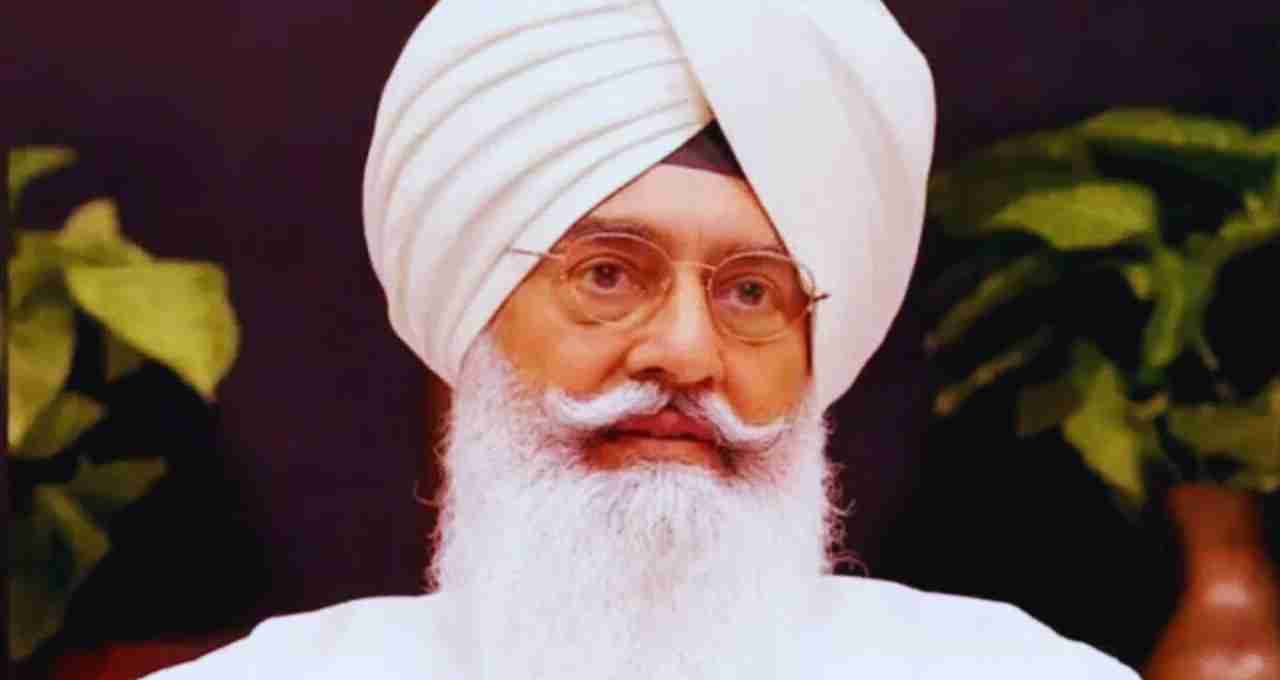
Radha Soami Mat expects its followers to adhere to a strict ethical life. This includes abstinence from extramarital affairs, meat, eggs, alcohol, and intoxicants. Vegetarianism is considered extremely important from a religious and ethical point of view.
Followers believe that meat and eggs incite animalistic tendencies and hinder spiritual progress. Furthermore, respecting all living beings and abstaining from violence are among the fundamental beliefs of Radha Soami Mat.
Social and Charitable Work
Radha Soami Mat is not limited to spiritual practice alone. Its followers are also active in service activities in the society. They provide free medical services, education, food, and other assistance to those in need. Discrimination based on caste and class is prohibited to promote social equality.
Radha Soami Mat is also active outside India, and its followers participate in both social service and spiritual practice at the international level.
Radha Soami Mat in the Modern Context
Today, Radha Soami Mat has become a widespread spiritual movement with millions of followers in India and abroad. The characteristic of this faith is that it attempts to elevate the individual not only spiritually but also ethically and socially.
The guidance of a living guru, adherence to an ethical life, bhajan and satsang, and community service—all of these combine to make it a holistic spiritual path. In modern times, where materialism and self-centered living are increasing, Radha Soami Mat offers the individual an opportunity to return to restraint, service, and inner awareness.
Radha Soami Mat is not just a spiritual path, but presents a holistic vision of living life. It empowers the individual through self-realization, ethics, and service. The guidance of a living guru, along with satsang and bhajan, and social service makes it a balanced and human-centered tradition. In today's time, this faith is playing an important role in keeping spiritual awareness and humanitarian values alive.
